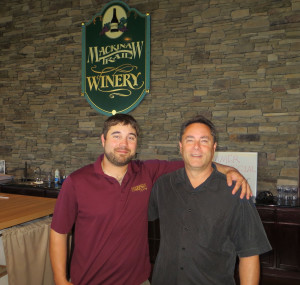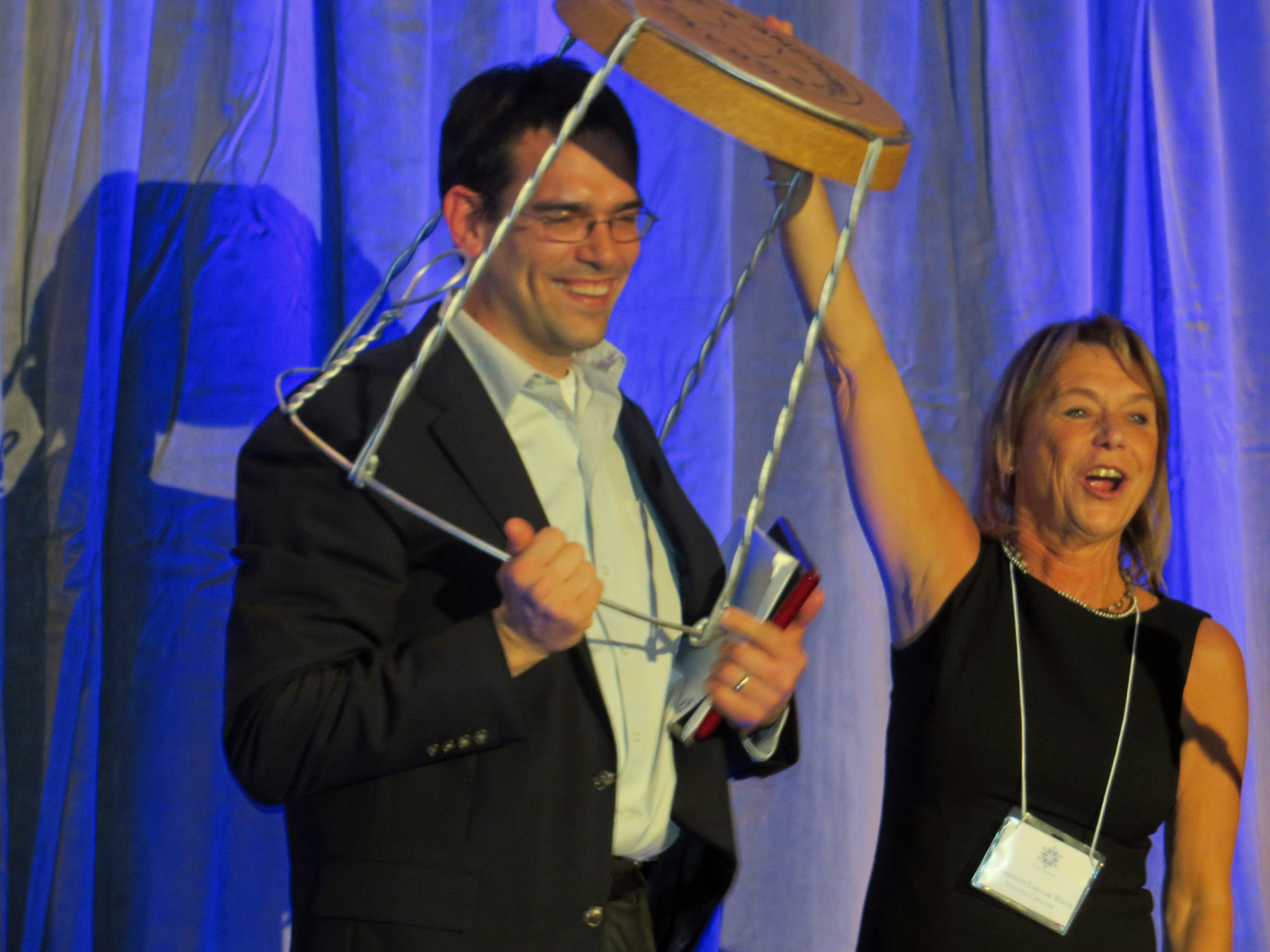How Can You Tell If Wine Is Really Local?

Park Farm Winery’s 11 acre vineyard in Bankston, Iowa as seen from the entrance to the tasting room.
Determining where wine comes from is not always easy. Many tasting room visitors think that if a winery is selling wine, the winery must be using some local grapes or making the wine themselves, but that’s not always the case.
For your next winery visit, here are some simple terms and suggestions for determining if a wine is really local:
1. Look for “Estate Bottled” on the label or ask if the wine is estate bottled. Estate bottled means that 100% of the wine is made from grapes grown on land owned or controlled by the winery. The winery must also perform all aspects of winemaking to call a wine estate bottled or estate grown. This is as local as it gets.
2. Look for an American Viticultural Area (AVA) on the label or ask if the wine is from a local AVA. An American Viticultural Area is a federally approved grape growing area that has special qualities and features. If the wine is from an AVA, 85% of the grapes have to come from the area named on the bottle.
AVA’s make it easy to confirm a wine’s true origin, but the AVA system has two main drawbacks.

Dustin and Ralph Stabile of Mackinaw Trail Winery in Petoskey grow their own wine grapes and also source grapes from other Michigan grapegrowers.
First, some AVAs are simply too big. The Midwest is home of the two largest AVAs in the country, the Ohio River Valley AVA (26,00o square miles) and the Upper Mississippi River AVA (30,000 square miles.) Both are so large that it’s sometimes hard to grasp the local wine character.
There are also AVA’s inside of AVA’s in the Midwest, which is confusing sometimes.
Never the less, an AVA designation does signify something special about the soil, climate and culture of a place. When you’re visiting a winery tasting room, don’t be afraid to ask the person behind the counter what makes the winery or the wine producing area unique.
3. Look for the name of the state on the bottle. If the name of the state is on the bottle, 75% of the grapes in the wine have to be from that state.
4. Look for the word “produced” on the bottle along with the name of a place. If the word “produced” appears on the label alongside the winery, 75% of the wine has to be made at the winery. Confirming that a winery actually makes wine may seem superfluous, but it’s perfectly legal for a winery to buy wine made elsewhere and sell it under their own label. Wineries that sell so-called “bulk” wine from another region are not the least bit local.
Other terms and words on a wine bottle that indicate that the wine inside is not local include:
If the wine label says “cellared and bottled by..” it was not made by the winery.
If the wine label says “American wine,” it’s probably not local wine.
One the most interesting and satisfying aspects of Midwest wine is experiencing how the same wine grape can transform completely as you travel from region to region. Midwestern wines are remarkably diverse and exciting. Just make sure the wine you are drinking is really Midwestern.



Great article but just a small note. The wine can not be an estate wine (estate bottled) unless the winery is in an AVA. Check the fed regulation on that it may have changed. That’s why the Upper Mississippi river valley AVA is so big. It should have been called the driftless Area AVA but we have to be politically correct now days and drift less has a bad name. Ted
Your comment: Your number 4. statement includes, ” Wineries that sell so-called ‘bulk” wine are not the least bit local.” We sell some of our wine in bulk to another winery approx. 15 miles away, this wine is local. This is a minor case, but your statement implies that all bulk wine is from a great distance away. Thanks
Good point, I stand corrected and the sentence has been changed.
Is there a company in chicago that sells organic wine juice?
Danny,
I don’t think so, organic wine is relatively hard to find in the Midwest,
Mark G.